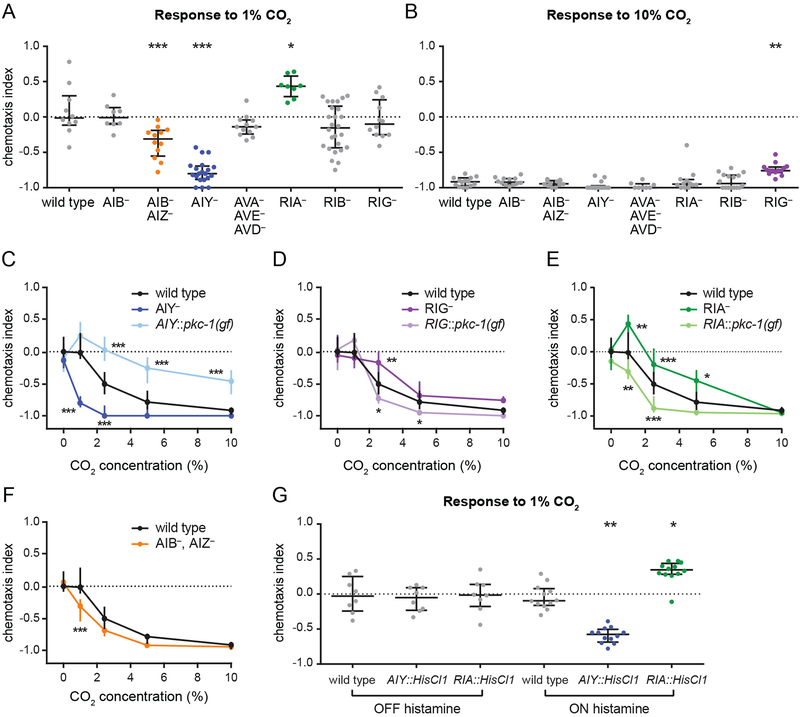Figure 2. Distinct interneurons act in opposition to regulate CO2 avoidance in animals raised at ambient CO2.
(A-B) In animals raised at ambient CO2, silencing of AIZ and ablation of AIY enhances CO2 avoidance, ablation of RIG reduces CO2 avoidance, and ablation of RIA results in CO2 attraction. Animals were raised at ambient CO2 and screened for responses to 1% CO2 (A) and 10% CO2
(B). Interneurons were either genetically ablated individually (AIB-, AIY-, RIA-, RIB-, and RIG-); genetically ablated simultaneously (AVA- AVE- AVD-); or silenced with tetanus toxin simultaneously (AIB- AIZ-). *p<0.05, **p<0.01, ***p<0.001, one-way ANOVA with Dunnett’s posttest (A) or Kruskal-Wallis test with Dunn’s post-test (B). n=8–26 trials per genotype and condition.
(C) Ablation of AIY enhances CO2 avoidance. By contrast, animals with more active AIY neurons due to AIY-specific expression of pkc-1(gf) show reduced CO2 avoidance. Animals were raised at ambient CO2. ***p<0.001, two-way ANOVA with Dunnett’s post-test. n=8–26 trials per genotype and condition.
(D) Ablation of RIG reduces CO2 avoidance. By contrast, animals with more active RIG neurons due to RIG-specific expression of pkc-1(gf) show enhanced CO2 avoidance. Animals were raised at ambient CO2. *p<0.05, **p<0.01, two-way ANOVA with Dunnett’s post-test. n=8–30 trials per genotype and condition.
(E) Ablation of RIA reduces CO2 avoidance. By contrast, animals with more active RIA neurons due to RIA-specific expression of pkc-1(gf) show enhanced CO2 avoidance. Animals were raised at ambient CO2. *p<0.05, **p<0.01, ***p<0.001, two-way ANOVA with Dunnett’s post-test. n=8–16 trials per genotype and condition.
(F) Silencing of AIZ enhances CO2 avoidance. Animals were raised at ambient CO2. ***p<0.001, two-way ANOVA with Sidak’s post-test. n=8–16 trials per genotype and condition.
(G) Animals with AIY neurons transiently silenced by expression of the histamine-gated chloride channel HisCl1 in AIY show enhanced CO2 avoidance. By contrast, animals with RIA neurons transiently silenced using the same approach show CO2 attraction. Responses to 1% CO2 were tested for wild-type animals and animals expressing HisCl1 in either AIY or RIA without histamine (negative control) and with histamine (neuronal silencing); changes in CO2 response were observed only in the presence of histamine. Animals were raised at ambient CO2. *p<0.05, ***p<0.001, Kruskal-Wallis test with Dunn’s post-test. n=8–12 trials per genotype and condition.
For A-G, graphs show medians and interquartile ranges. See also Figure S3.

